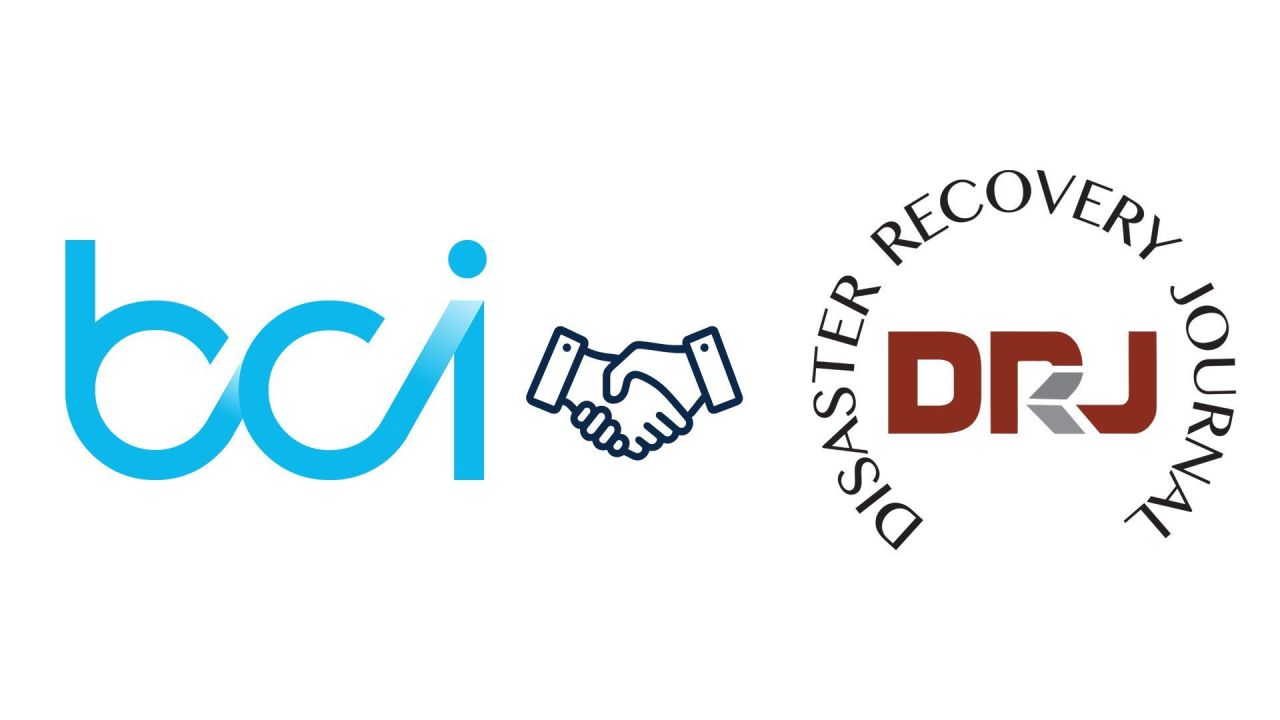Discover why ParaSolution was ranked the top Business Continuity Management software of 2025 in SoftwareReviews' Data Quadrant. Based on 300+ verified user reviews, among 13 competitors.
How to Choose your Business Continuity Software?

Is your organization looking to implement the best possible business continuity software based on your organization’s requirements, objectives and maturity?
Are you wondering:
- What is a business continuity software?
- Why use a business continuity software?
- What are the advantages of automating your business continuity program?
- How to choose your business continuity software?
Here are some answers to the questions you may have about business continuity software!
What is a business continuity software?
Essentially, a business continuity software is a tool that helps organizations automate and manage their business continuity program.
Business continuity software assist professionals to assess an organization's risks, and to address or minimize them to enable a timely recovery. It is also often referred to as Business Continuity Management software (BCM software) or a Business Continuity Management System (BCMS).
The primary goal of a BCM software is to centralize important business data and information, in order to enable agile decision-making in the event of an interruption.

Functionalities of a BCM software
When it comes to functionalities, a good effective business continuity software possesses the capability to efficiently scale up an entire resilience program, including :
- Business continuity
- Integrated risk management
- IT disaster recovery
- Crisis management and communication
- Emergency Mass Notification System (EMNS)
- Vendor Risk Management
- Compliance evaluation, such as ISO 22301
At Premier Continuum, all our business continuity and resilience consultants are accustomed to working with an automated BCMP. Since 2002, we’ve also been using our own proprietary BCM software, ParaSolution, which is renowned internationally by Gartner, the Business Continuity Institute (BCI) and SoftwareReviews.
Why use a business continuity software?
A robust business continuity program is imperative to support the organization’s resilience to be ready for the day when something goes wrong, disrupting priority activities.
But why do so many organizations wait until something negative actually impacts them before planning for a response capability?
Hard to know for sure, but let's assume that they might not fully understand the power of business continuity software.
Are you in one of those situations :
- Are you seeking to systemize and optimize your program, but your patience for generic collaboration tools and patchworked systems is as stretched as your resources?
- Are you looking to achieve seamless visibility, understood dependencies and aligned priorities?
- Do you have to account for varying requirements and regulations per country, division and type of facility, and refuse to settle for a platform that cannot easily cater to your uniqueness?
- Do you wish you all of your contributors were on board right when you need them to input, exercise and activate their plans?
If you answered YES to any of those situations, we hope you are seriously considering implementing a fully automated BCMP!
An efficient business continuity software empowers you do all that - and more.
Main advantages of automating your business continuity program
Access to real-time data, informations and plans
Your business continuity software will help you gather crucial info from all contributors and structure it smartly. In real time, you can then visualize your state of readiness, make sound decisions based on data and achieve what is required.
Insure your organization's compliance and security
Many industries impose strict compliance standards on organizations. With an automated BCM, you can measure your level of compliance, address gaps and even achieve the ISO 22301 BCMS certification. By storing and hosting your intelligence on to a highly secured software, you also minimize risks.
Mobilize your teams
Engage your team and increase your contributors’ input rate with streamlined processes.
During an incident, empower your staff and partners immediately with the most current information and plans, through the web solution or our mobile app, thanks to the ParaSolution Emergency Notification System.
Exercise your plans
Organizations that perform regular exercises have been proven to be the fittest and fastest to recover after a crisis. Your BCM software can help your team facilitate and report on tabletop exercises, walkthroughs, drills, simulations, and technical recoveries, as well as learning through active incidents.
Let's now see how to choose the right BCM software for you.

How to choose your business continuity software
There are many factors you should consider when implementing a business continuity software.
Here are the some of the pieces of advice we give to our clients, partners and community, for them to better understand what they should look for a in BCM partner.
1. Look at the software's capabilities and functionalities
One of the most central aspects to look for when choosing a new BCM software is what capabilities and functionalities it has.
As mentioned earlier in this article, some of the most important complementary modules —to the main Business Continuity module, are the Risk Management module, the IT DR module and the Emergency Notification and Crisis Management modules.
Therefore, depending on how important they are to your organization, you should ask how they actually work and how they are embedded to the software.
4 important requirements
Here are four levels of requirements you can discuss with your potential providers:
- Security : What are the measures in place to ensure the privacy and security of my data?
- Compliance : What best practices does the software comply to?
- User experience : Are the workflows, reports and plans easy to navigate and understand?
- Integrations : How can the plans be exported or how can the data be imported into the software?
Other elements to consider
Here are some other elements you should also consider :
- The number of plans supported
- The number of users supported
- The languages supported
- The degree of customization
- The trainings required
- The software’s access platforms: web solution, desktop app, mobile app, etc.
Remember that to know exactly what to look for in a software, you need to identify your needs first!
2. Validate the software's credibilities and certifications
Let’s be honest: when it comes to a matter as serious as your entire organization’s continuity and resilience, you don’t want to be the first to try a new product or service.
You simply cannot afford a mistake. That is why you need to work with a proven and credible partner.
Do ask your potential providers
- How has the software proven its efficiency and effectiveness?
- How long has the software been on the market?
- Will the software be able to continue to meet my needs as my organization grows?
- What is the product roadmap?
- How is the software secured?
- Is the software renowned or recommended by relevant institutions?
- Has the software been tested by other customers of my size and in my industry?
Triangulate information with research groups
To make informed decisions, you can rely on unbiased, research groups or third-party organizations.
Although they are all different, their common mission is to help organizations choose the right technologies for their needs and goals.
They gather credible and reliable data and, produce informative reports that identify and compare the best solutions.
Here are two examples of them :


3. Ask about the provider and its support
More than just the product itself, you want and need a true business continuity partner on your journey to resilience.
Here are some questions you can ask a potential provider:
- What is the onboarding journey?
- Is the provider the owner of the technology or a reseller?
- Is there a customer success team?
- What are the hours and languages offered for technical support?
- Is the software propelled by experienced practitioners?
- Can the provider support your program with personalized consulting services to dive deeper in the program itself?
- Will the provider empower you and your team with proper training?
In the end, partnering with a team that understands your unique challenges and goals will help you build a more resilient organization.
Looking for a BCM Software Evaluation Workbook?
Use Info-Tech’s BCM Vendor Evaluation Workbook, which suggests a robust and effective methodology to guide your BCM software selection.

We also suggest continuing your reading through Info-Tech's BCM Software Selection Guide. This guide is a comprehensive tool to help you understand BCM software and make the right choice for your organization. Discover all about it here.
Ready to start automating your BCMP?
We hope this article has helped you better understand continuity software and how to choose the right one for your organization. The next step is to get started!
If you would like any further advice, please contact our team for personalized consultation.
You can also take a look at our ParaSolution business continuity management software!








